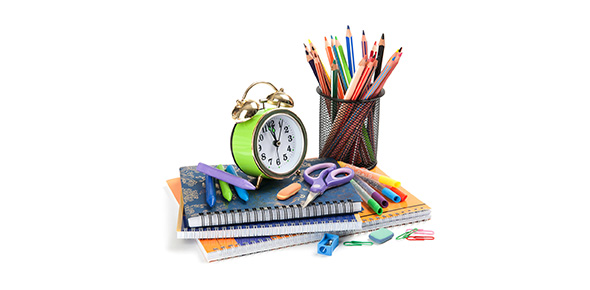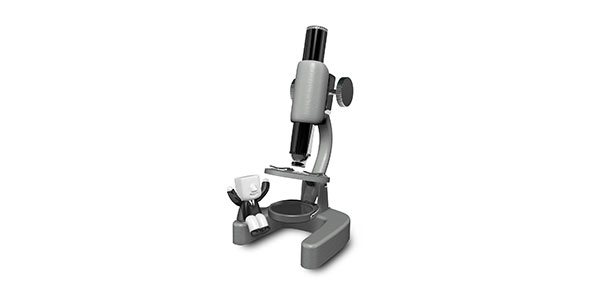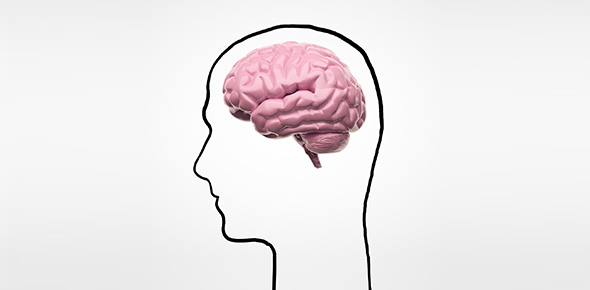Related Flashcards
Related Topics
Cards In This Set
| Front | Back |
|
Taking a Mental shortcut to form an attitude
|
Heuristic
|
|
When the recipient considers other cues than the message
|
Peripheral Route Processing
|
|
Four parts of effective persuasive communication
|
Source, Message, Channel, and Audience
|
|
One of the best measures of attitude
|
Behavior
|
|
A public position that contradicts one's private attitude
|
Counteradditudinal Behavior
|
|
The main processes in forming or changing an attitude
|
Compliance, Identification, and Internalization
|
|
Taking the opposite viewpoint because you dislike the source
|
Boomerang Effect
|
|
A hard to change way of seeing people who belong to the same category
|
Stereotype
|
|
Ways in which attitudes are formed
|
Conditioning, Observational Learning, and Cognitive Evaluation
|
|
Attitudes that most strongly predict behavior are acquired through
|
Direct experiences
|
|
A direct attempt to influence attitudes
|
Persuasion
|
|
How the person delivering the message will be evaluated by the audience
|
Are they trustworthy and sincere, do they know the subject, and are they likable
|
|
To reduce this you have to change your behavior
|
Dissonance
|
|
An extreme form of attitude change
|
Brainwashing
|
|
The two ways to deliver a message
|
Central Route for Persuasion, and Peripheral Route for Persuasion
|







